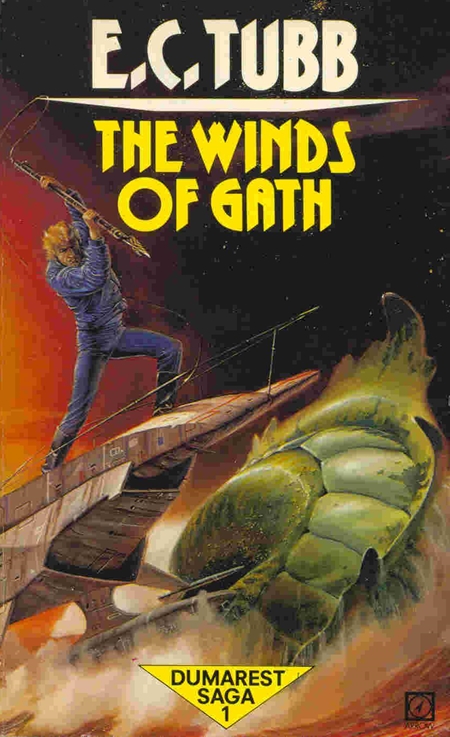Thanks to the inimitable Alex Schroeder, I followed a link to this excellent 2005 essay by Michael Andre-Driussi: Deciphering the Text Foundations of Traveller.
Here’s Driussi’s thesis:
“The creators of CT wanted the anarchic, amoral, and violent adventure of fantasy role playing translated into a science fiction setting. They also wanted a kind of science fiction that used more “hard SF” than even Niven’s work. They categorically rejected New Wave SF, which made them allied to the Old Wave, except that GDW wanted a gritty, noir setting (where the Old Wave is characterized as upbeat and moral).”
Traveller as noir is something I’d never considered, but it makes perfect sense. There’s a lot more to unpack, even in just that excerpt — the whole essay is a damned fine read.
Here’s another concise snippet:
“What the creators of CT were after was science fiction adventure, featuring freelance “adventurers” (with all the connotations of gold hunters, mercenaries, and trail blazers that this term implies) who could live or die in the course of pick-up games.”

One of the sources Driussi cites is the Dumarest Saga, by E.C. Tubb (which I’d never heard of, but boy does it sound like it’d fit right into Appendix N). Here’s the skinny:
“E. C. Tubb’s Dumarest of Terra series (1967 onward) portrays its titular hero as a far future Odysseus trying to find his way home across a galaxy that has forgotten Earth completely. Each novel is slim and action-packed: Earl Dumarest arrives penniless at a new planet where he must use his wits and his reflexes, not only to survive but also to make enough money for passage to the next planet. From this series, already 17 books long in 1977, CT got such details as: low passage (a deadly hibernation system); mesh armor; the drugs fast, slow, medical slow, and combat (i.e., two-thirds of the drugs in CT); the weapon “blade”” and perhaps the psionics.”
I could quote this puppy all day. It’s so good!
Driussi’s essay gave me a new perspective on, and a deeper understanding of, Classic Traveller (paid link). It’s fascinating to see what shaped the nature and quirks of Traveller’s premise and presentation.
